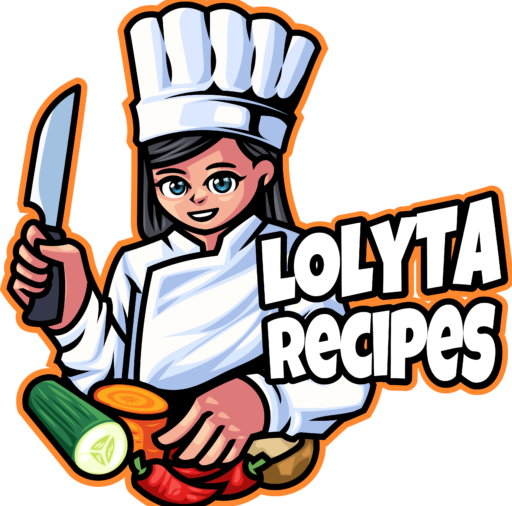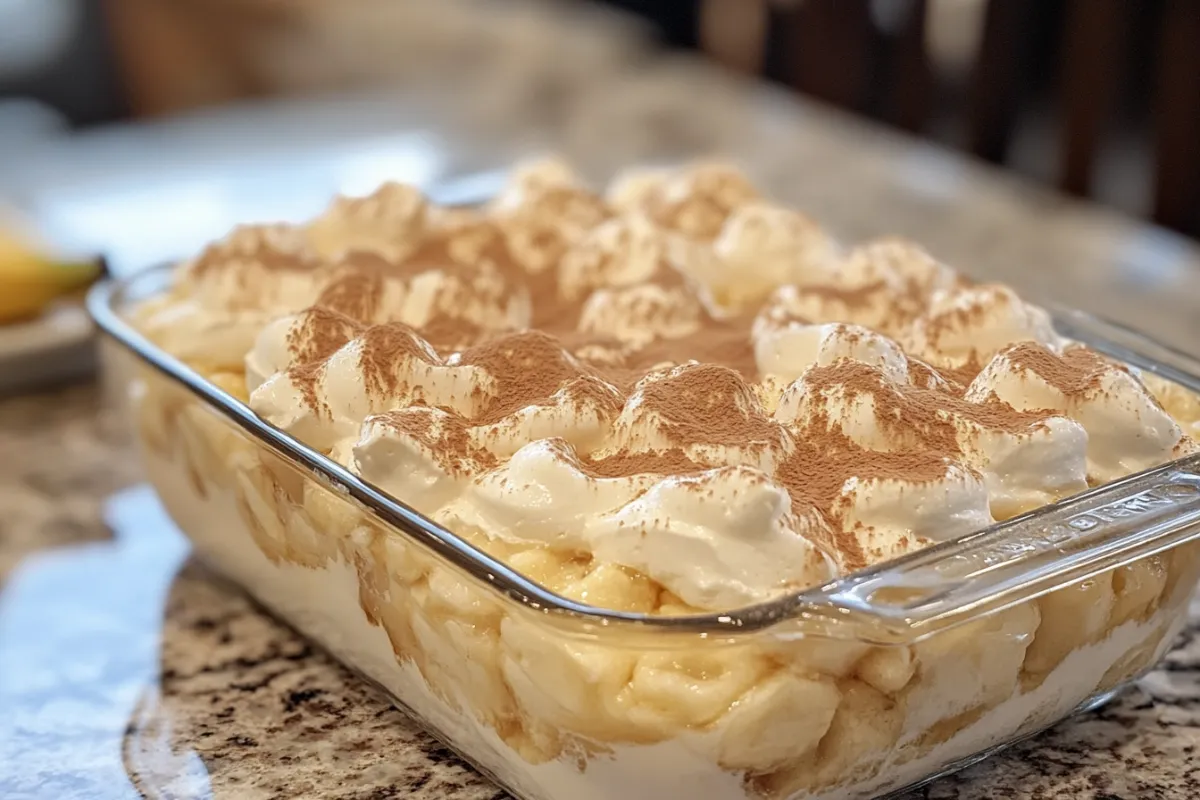The Origins of Banana Pudding: Who Created This Iconic Dessert?
Banana pudding is an American classic, enjoyed at family gatherings, picnics, and holidays alike. With its creamy layers of bananas, custard, and vanilla wafers, it offers the perfect combination of sweet and comforting flavors. But where did this beloved dessert come from? Who was the first to bring this delightful combination to the table? While the exact origins of this dish remain somewhat obscure, we’ll explore the early history, evolution, and cultural significance of banana pudding.
Introduction to Banana Pudding
This dessert holds a special place in American cuisine, especially in the Southern United States. It is often seen as a symbol of comfort food, served at large gatherings and enjoyed by people of all ages. Though its origins are debated, banana pudding became popular in the late 19th and early 20th centuries, thanks in part to the increased availability of bananas in the U.S.
The Arrival of Bananas in the United States
When Bananas Became Widely Available
Before banana pudding could become the dessert we know today, bananas had to make their way into American kitchens. Bananas were first introduced to the U.S. in the late 1800s. Due to transportation limitations and the lack of refrigeration at the time, bananas were considered a luxury fruit and were only available in limited quantities. By the 1870s and 1880s, advancements in shipping and refrigeration allowed bananas to be more widely distributed, making them accessible to more households.
Their sweet flavor and creamy texture made bananas a popular ingredient for desserts, which is how they eventually found their way into custards, trifles, and, ultimately, banana pudding.
For more on how exotic ingredients became household staples, check out the Ultimate Guide to Chocolate Bars, which explores the history of another beloved treat.
The Earliest Recorded Banana Pudding Recipes
Banana pudding, in its earliest forms, was more like a trifle. Recipes for this dessert date back to the late 19th century, when bananas were paired with custard and layered with either ladyfingers or sponge cake. These early recipes were published in regional cookbooks and food magazines, with Good Housekeeping being one of the first to print a banana pudding recipe.
How the Recipe Evolved
Early versions of the dish were more complex than today’s simplified recipes. Initially, the dessert was made with custard from scratch, requiring eggs, milk, and sugar to be cooked together. Ladyfingers or sponge cake served as the base, with layers of custard and sliced bananas on top.
Over time, the recipe evolved to include pre-packaged vanilla wafers, thanks to the invention of Nabisco’s Nilla Wafers in the early 20th century. This transformation made the dessert easier to prepare and more accessible to home cooks.
Who First Created Banana Pudding?
Pinpointing exactly who created the first banana pudding is difficult. The dish likely originated in the Northeast or Midwest before gaining popularity in other regions. Recipes featuring bananas layered with custard started appearing in the late 1800s. One of the earliest known recipes was published in Good Housekeeping magazine, but similar versions surfaced around the same time in other regions.
While we may never know the exact individual who first developed the dessert, early recipes helped establish banana pudding as a staple dessert across the country. Over time, it became deeply rooted in American food culture.
For more insights into how iconic desserts evolve, check out the History Behind Chocolate, which examines the transformation of classic sweets.
The 20th Century Evolution of Banana Pudding
The Impact of Convenience Foods
The 20th century saw a shift toward convenience in home cooking, with the introduction of ready-made foods. Products like instant pudding and vanilla wafers became widely available in the 1940s and 1950s, making banana pudding easier to prepare. This shift toward convenience transformed the dish from a labor-intensive recipe into a quick, no-fuss dessert that anyone could make.
The popularity of instant pudding mix replaced homemade custard in many households, and Nabisco’s Nilla Wafers became synonymous with banana pudding by the mid-20th century.
How Nilla Wafers Became a Key Ingredient
Vanilla wafers weren’t always part of banana pudding, but their introduction by Nabisco changed the course of the dessert’s history. Nabisco marketed its Nilla Wafers as the perfect complement to bananas and custard, turning them into a household name. By the 1940s, recipes using Nilla Wafers were commonplace, and the dessert became a favorite at gatherings across the U.S.
Nabisco’s marketing efforts, combined with the convenience of pre-packaged ingredients, played a major role in popularizing the dessert nationwide.
How Banana Pudding Became a Southern Classic
Although it didn’t necessarily originate in the South, banana pudding became a Southern classic during the mid-20th century. Its simplicity and ability to feed large groups made it an ideal dessert for Southern family gatherings, church events, and potlucks.
The Role of Southern Hospitality
In Southern cuisine, dishes that are easy to prepare and can feed a crowd are valued highly. Banana pudding fits this bill perfectly, requiring minimal ingredients and preparation. As it became more entrenched in Southern food culture, banana pudding became synonymous with Southern hospitality, evoking feelings of warmth, family, and comfort.
For more examples of how foods become regional specialties, read the How to Make Consommé Step-by-Step Guide, which covers the transformation of another globally beloved dish.
Banana Pudding in African American Culinary Traditions
The cultural significance of banana pudding extends beyond Southern hospitality. African American chefs and home cooks have played a significant role in preserving and popularizing Southern dishes, including banana pudding. The dessert remains a favorite in soul food restaurants and is often featured at family reunions and church gatherings within African American communities.
Banana pudding has become a symbol of soul food, representing the shared history and cultural contributions of African American cooks.
For more on how culture influences the development of iconic desserts, explore the History Behind Chocolate, where similar culinary influences are discussed.
Modern Twists on Banana Pudding
While the traditional recipe remains beloved, modern chefs and home cooks have put their own spin on banana pudding, experimenting with gourmet ingredients and health-conscious adaptations.
Gourmet Variations
In recent years, some chefs have elevated banana pudding with ingredients like toffee, caramel, and bourbon. These versions often feature caramelized bananas and homemade cookies, transforming the classic dish into a refined dessert.
Healthier Alternatives
With the rise of health-conscious eating, lighter versions of banana pudding have also emerged. Substitutes like Greek yogurt or coconut milk replace richer ingredients, offering a new twist on this comfort food. While the flavors may differ slightly, these adaptations retain the essence of banana pudding while catering to modern dietary preferences.
How Long Does Banana Pudding Last?
One common question is how long banana pudding stays fresh. Generally, banana pudding can be refrigerated for 2-3 days when stored in an airtight container. However, bananas tend to brown after the first 24 hours, which is why some cooks opt to add lemon juice or simple syrup to slow the browning process.
Frequently Asked Questions (FAQs)
Where did banana pudding originate?
While closely associated with the South, banana pudding likely originated in the Northeastern or Midwestern U.S., becoming popular nationwide in the 20th century.
Why is banana pudding considered a Southern dessert?
Its widespread popularity in the South during the mid-20th century and its presence at gatherings such as potlucks and church dinners solidified its association with Southern cuisine.
How has banana pudding changed over the years?
The dessert has evolved from a complex recipe using homemade custard and ladyfingers to a simpler version that incorporates instant pudding and vanilla wafers. Today, you can also find gourmet and health-conscious variations of the dessert.
Can you freeze banana pudding?
While it’s possible to freeze banana pudding, freezing may affect the texture of both the bananas and the pudding. For best results, it’s recommended to refrigerate and consume the dessert within a few days.
Conclusion
Banana pudding’s origins may not be entirely clear, but its place in American cuisine is undeniable. Over the years, it has evolved from a custard-based trifle to the easy-to-make dessert we know and love today. Whether served at a casual family gathering or a Southern barbecue, banana pudding remains a comforting and delicious treat.
For more on the fascinating history of desserts, visit Lolyta Recipes, where you’ll find everything from classic dishes to modern spins on your favorite sweets.

